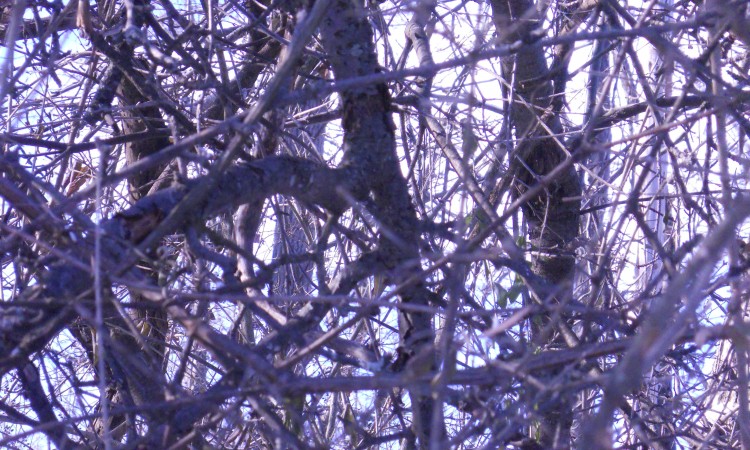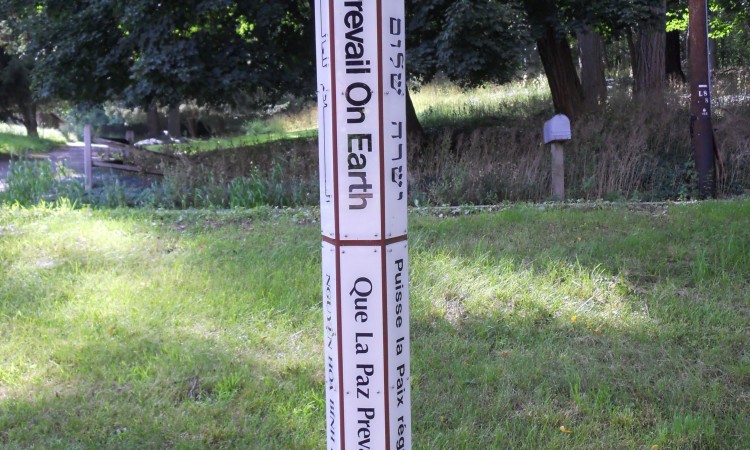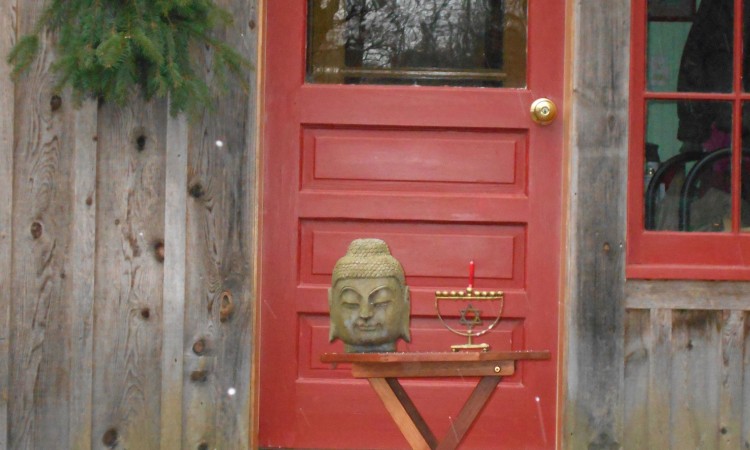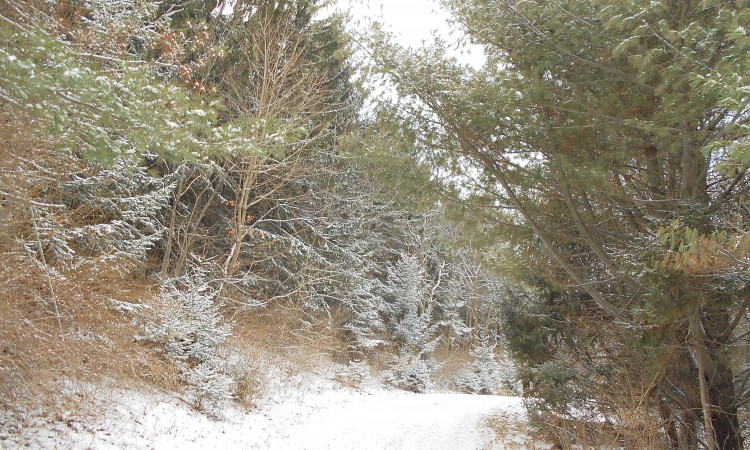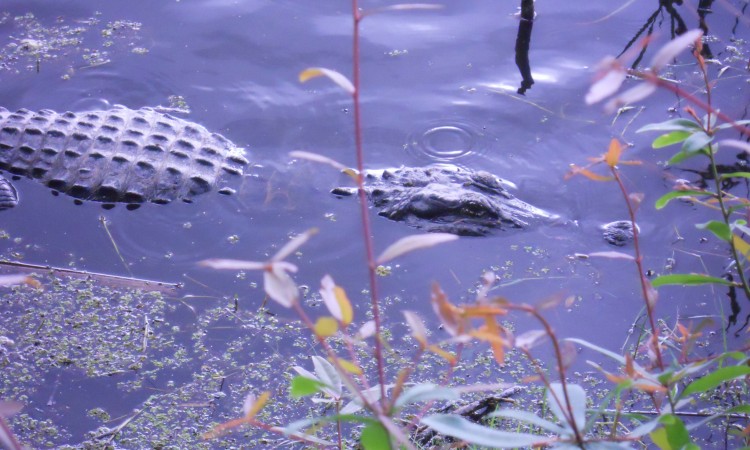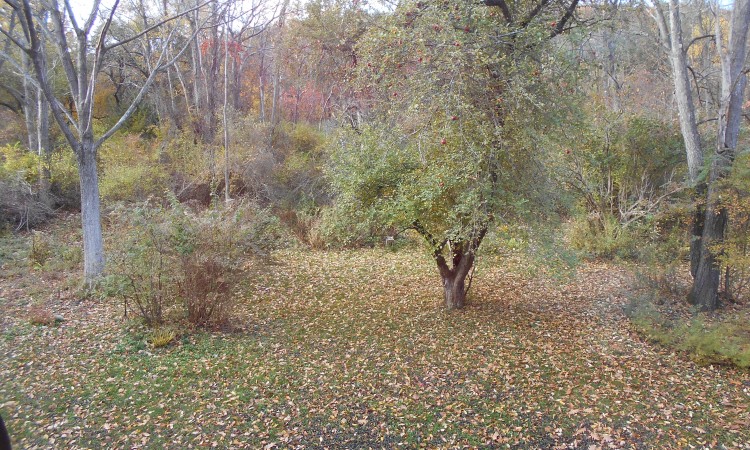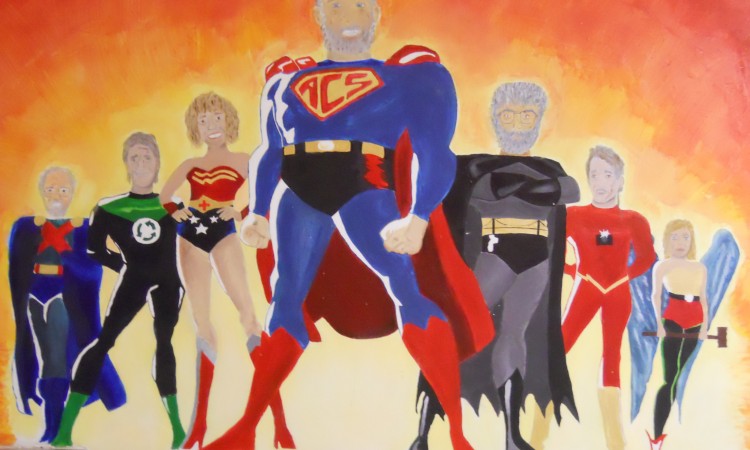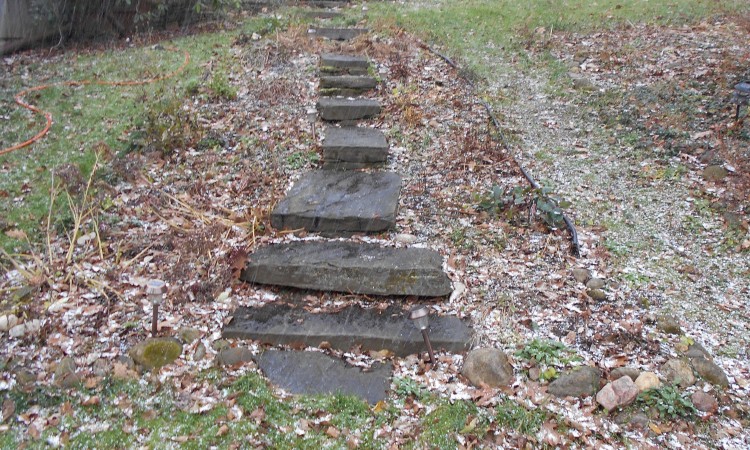For me to teach well, I cannot go into a classroom without feeling the value of what I teach. I must feel inspired. And isn’t this true with so much of life, no matter your work or profession?
So much of education is about the attitude that you bring to life and learning. The famous quote, (which may or may not have come from W. B. Yeats) “Education is not the filling of a pail but the lighting of a fire,” applies first to teachers. The fire is fueled by understanding your students and evoking questions that uncover hidden depths in their own lives–and yours.
Inspiration does not come once and remain forever. It must be re-kindled every day. But teaching can be so exhausting. So, what do you do? Maybe continual research, reading, studying. Meditation, to stay in touch with the reality of your own life so you can help students stay in touch with theirs. And poetry.
Many nights, when I’m tired or unsure or can’t find a way to connect the material I want to teach to student’s experience, I read poetry. I do it partly to forget my concerns, partly to hear words that have a depth to them. Good poetry is condensed insight. The deeper the mind of the writer, the deeper your own mind can go. So reading poetry can immerse you in insight. But it is not automatic. To make a word come alive, you must come alive. When you read, you need to enter the experience of another person. You let go of your own concerns for a moment in order to let in those of another. Depth of experience, and feeling the life of another being, is inspirational. Thus, reading poetry can both be a practice in empathy and compassion, and be enhanced by such practices.
Meditation and compassion practices quiet distracting thoughts and increase conscious feeling and awareness. When your mind gets quiet, writing gets simpler, more spontaneous and honest. You’re not distracted, so when something comes up in your mind or heart, you notice. Colors are brighter, sounds clearer. Words more meaningful. You feel the creativity inherent in the moment-by-moment sensing of the world around you.
To use meditation to enjoy a poem, don’t make the experience anything formal or big. Make it freeing, freeing yourself to do nothing but enjoy the poem and the quiet of your own mind. Go to a quiet place. Turn off any media, ignore any phone calls. Resolve to leave ten to twenty minutes to yourself, alone. The only media to keep near you is a pen and paper, to use after you quiet your mind, and an alarm clock, which you might set for four or five minutes.
Sit up, close your eyes partly or fully, and feel your body breathing. Feel one breath at a time. Inhale. Exhale. That’s it. Notice whatever arises with each breath. Notice sensations, your body expanding as you inhale, contracting and letting go as you exhale. There might be thoughts or emotions. Notice how they come and they go, and then return to the breath. Let your mind be merely openness, awareness, allowing. Be kind to yourself. If you drift off, notice when you realize this and return attention to the breath. Do this for the four or five minutes you set with your alarm clock.
After you open your eyes and turn off the alarm, pick up the poem and read it however you want. You might want to read it out loud or sing it. If you are doing this in a classroom, I recommend that you not suggest reading out loud. As you read, notice whatever comes to you. Thoughts, images, feelings. Connections. Some lines or images might stand out more than others. Pick one that stands out for you. Treat it like an entry point. Ask yourself, “What is it about this image that stands out? How does it connect to me?” That’s how you begin.
If you’re a teacher, or maybe a parent, or you just want to do it for yourself, get copies of the popular Teaching With Fire: Poetry That Sustains The Courage To Teach, and Leading From Within: Poetry That Sustains The Courage To Lead. The poems in these books deliver beauty and insight for you to share and develop. There is Marge Piercey’s “To Be of Use,” Langston Hughes’ “A Dream Deferred,” Mary Oliver’s “The Journey” or “Wild Geese.” “Wild Geese” is so evocative. So many adolescents feel there is something wrong with them. This poem says you can free yourself. You do not have to adopt someone else’s idea of who you should be. Your love, your imagination can raise you into the family of the world. David Whyte’s “Sweet Darkness” can elucidate the nature of perception.
Many of the same poems are also in Risking Everything: 110 Poems of Love and Redemption edited by Roger Housden. I had a class set of this book that I used in different classes. Use the Rumi poem, “Some Kiss We Want,” or “Two Kinds of Intelligence,” (in Teaching With Fire) to open a discussion of Islam. Rumi was a Sufi, which is a branch of Islam. The Sufis today are big opponents of those who would kill in the name of Islam, in the name of religion or love. Rumi gives such a different view of Islam, of life that can shatter the stereotypes and superficiality which often fill the news.
These books can be used for an inspiring education, one that challenges the easy, the superficial, and create a sense that your life, too, can be meaningful and have depth.


